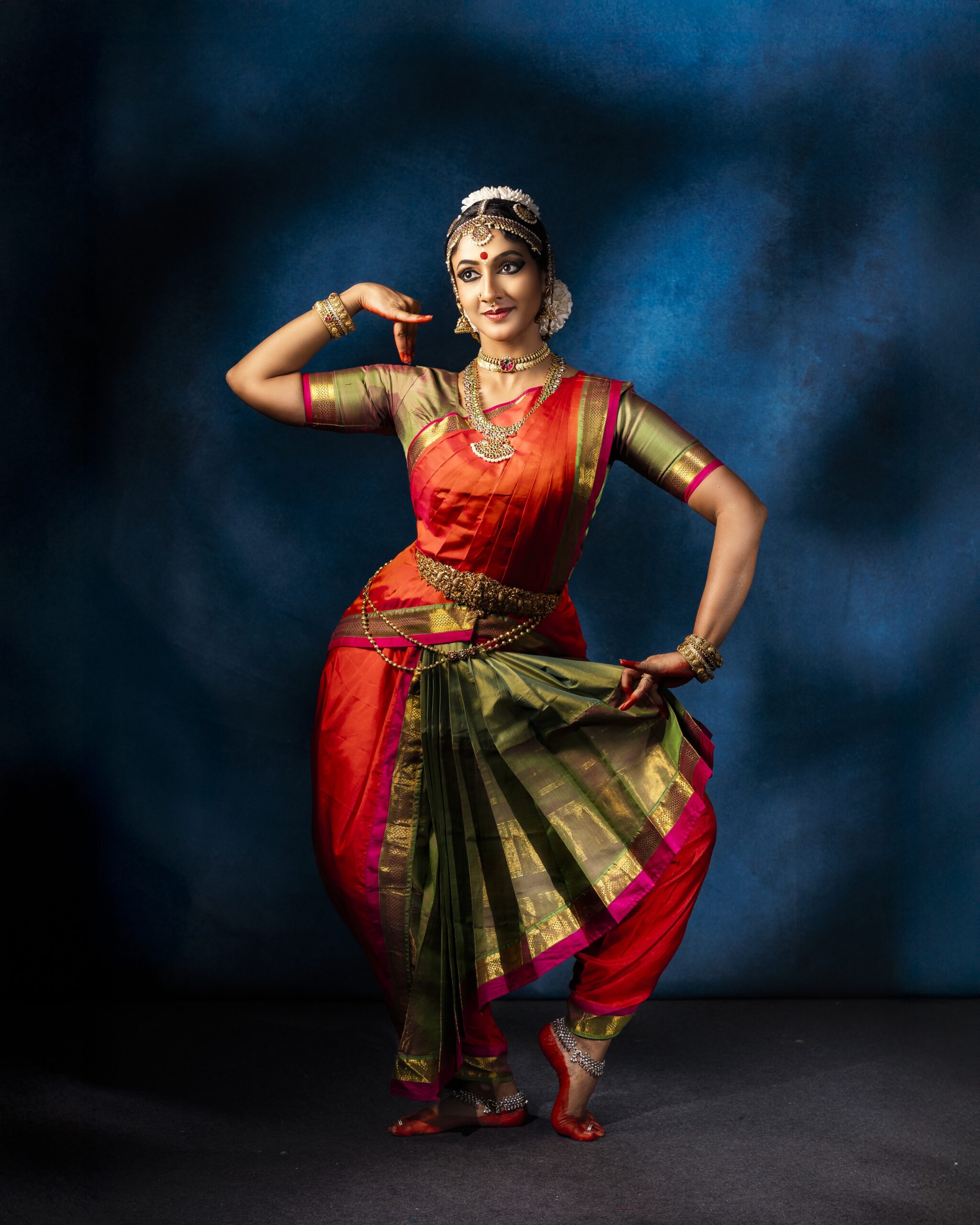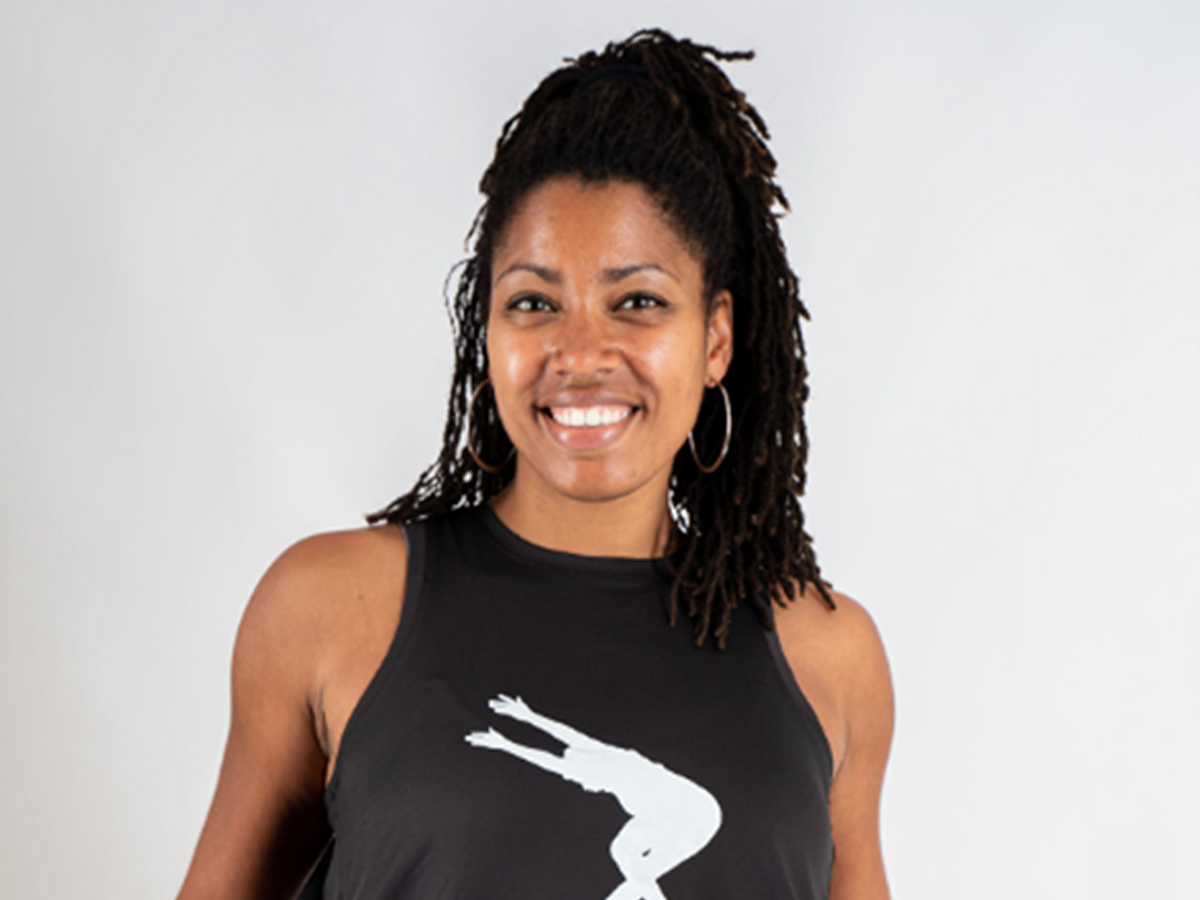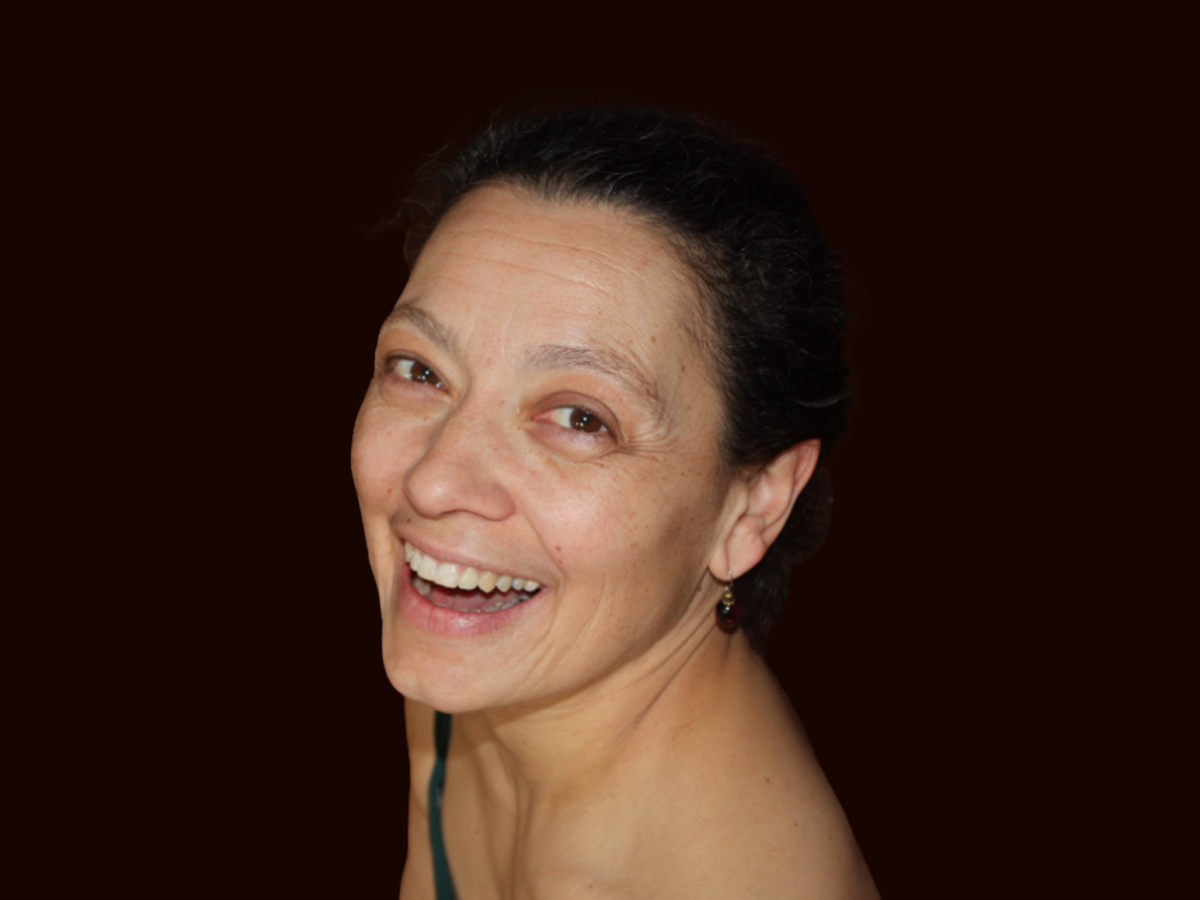Students can expect a movement-based, immersive class that introduces key concepts from the Nāṭyaśāstra through body conditioning, rhythmic phrasing, and expressive technique. The class is open to all levels of South Asian dancers and centers on experiential learning—where theory meets physical exploration. My approach emphasizes clarity, strength, and sensitivity in the body, offering dancers practical tools to expand their movement vocabulary while staying rooted in tradition.
Cost: $180
REGISTER HEREWhat is the legacy of the genre/form/style you are teaching?
The Karanas are 108 movement units codified in the Nāṭyaśāstra, India’s ancient treatise on dramaturgy and performance. Reconstructed by Dr. Padma Subrahmanyam through a pioneering study of text, sculpture, and embodied practice, the Karanas form the foundation of Mārga—the classical technique outlined in the treatise. They offer dancers a structured yet expressive movement vocabulary, rooted in tradition and temple heritage, that re-centers the Angika (body-based) mode of communication in Indian classical dance.
What background, training, and or relationship do you have with this style/technique/class subject?
I am a senior disciple of Padma Bhushan Dr. Padma Subrahmanyam, under whom I have trained for over two decades in the Nāṭyaśāstra-based movement system and the 108 Karanas. My training includes intensive study of the Mārga technique, Angika Abhinaya, and the theoretical and sculptural foundations that inform this embodied practice. As both performer and educator, I specialize in making this knowledge accessible to contemporary dancers through workshops, performances, and pedagogical tools. My relationship to the Karanas is deeply personal—I have learned them not as an external vocabulary, but as a lived practice embedded in my journey as a dancer.
Finish this statement: I am passionate about teaching this style because…
I am passionate about teaching this style because it reconnects dancers to the roots of Indian classical movement, offering a deeper understanding of how the body can communicate with clarity, strength, and emotion. The Karanas are not just historical—they are living, powerful tools that expand a dancer’s expressive and physical vocabulary, and I believe they deserve a central place in how we train and think about movement today.
How can students learn more about this offering?
Instagram: @anugrahadance
Contact Information
Contact Anugraha Raman:
bostonadavu@gmail.com




